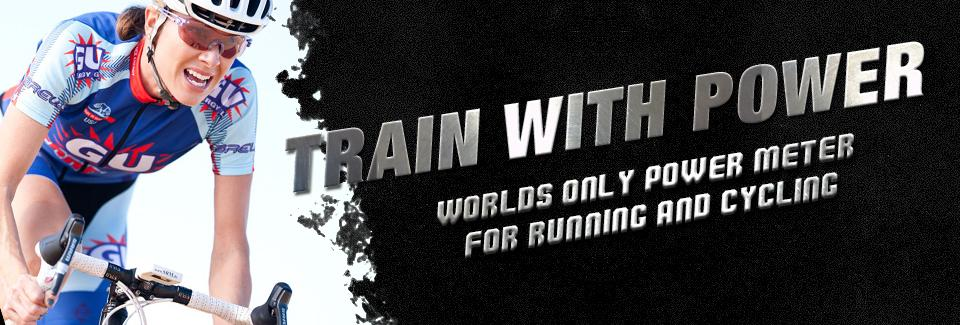A relatively new training technique, high-intensity interval training (HIIT) is often rejected by running traditionalists, but it is steadily gaining the approval of researchers, trainers and elite athletes as a viable method of increasing running speed and overall fitness. Here are the basics on this highly debated training method and how it may make you a faster runner.
What Is HIIT?
This training approach involves alternating exercises of high intensity levels with those of moderate intensity levels. Definitions of HIIT may vary, but the intense bursts of exercise generally last 10 to 60 seconds and are followed by a rest period that can last up to four times that of the intense phase. For instance, a runner may run at top speed for a minute, followed by three to four minutes of jogging or walking. You then repeat the cycle. Most trainers recommend performing HIIT for no more than 20 minutes at a time and no more frequently than every other day to give your body a rest.
Benefits of HIIT
Increased oxygenation of the body is a key benefit of HIIT. The short bursts of speed in the intense phase of exercising help strengthen your cardiovascular system, which then delivers more oxygenated blood to your muscles and helps them work more efficiently. HIIT also increases your VO2 max to help your body efficiently process oxygen. This helps all the systems of the body work as a cohesive unit to increase your endurance and ability to maintain your goal pace.
Precautions to Take With HIIT
Running at top speed in short bursts does pose the risk of injury, so even high-performance athletes need to take care when it comes to maintaining good form and not attempting overzealous intensity levels too soon. Maintaining a strong core, as well as warming up, stretching, and cooling down properly, can help prevent injuries.
Addressing bilateral deficiencies in your gait, range of motion, and pressure can keep you injury-free and improve your running performance whether you attempt HIIT or decide to focus on other training methods. Take a look at our website for more information on how our RPM2 remote performance measuring and monitoring devices can help you achieve bilateral equivalency, and be sure to subscribe to our blog on the right-hand side of this page to stay up to date on RPM2 news, training tips, and more.








